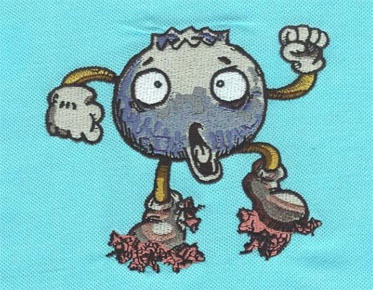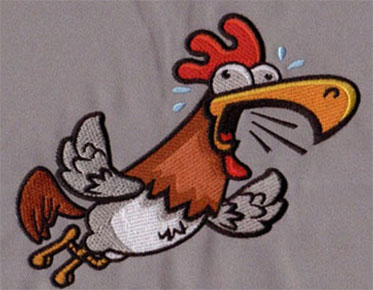Tips from Eagle Digitizing for Choosing The Right Digitizer for Your Embroidery Designs
Looking for
a good digitizer can be difficult. The embroidery digitizing world has changed over the past few years, and trying to find a
quality digitizer residing in the United States can be challenging. Digitizers
established in America need to live well because of all the competition from
outside the US. What exactly does your embroidery design expect from their
machinist?
Well, first
of all, we all want our digital designs to be perfect, so that the stitching
looks just as we imagined it, but what if we don't? First of all, we accuse the
digitizer that it doesn't work for us in the way that we want it to, but do you
give the digitizer enough information to do that? What does a digitizer tell us
about the information that is needed to make a good design?
What fabric
will this design be sewn onto?
Would you
use this design for any other type of application?
In what
format do you want your design done?
Do you want
to increase or reduce the design size from the original size?
Is he free
to make some modifications to the design to make it sew better, such as
increasing the letter size or choosing a different font style?
There may
be many other issues, depending on the design and the information you give
them. When you're looking for the perfect digitizer, look for one that uses the
same software as you, and ask that you have a copy of the outline or native
files. This will allow you to make changes such as resizing or removing letters
from the digitized file. You may have to pay more for the privilege, but it's
worth it.
Digitizer
must know embroidery production
Make sure
your digitizer is production aware so that there are as few trimming and color
changes as possible. Make sure he or she sews the design before sending it to
you. This is a problem with many digitizers, especially graphics artists. They
get the software and think that since they can create any type of graphic art,
they can digitize it. This could not be further from the truth. They usually
know nothing about the sewing process, know nothing about pushing and pulling
compound, padding or density.
If you can find a digitizer to digitize your designs with the same type of embroidery software you're using, then that's the best of both worlds. This makes it easier for you if you need to change the size or change some fabric settings. Rather than expecting that your designs will be perfect, it can be to your advantage to learn how to edit your designs so that you can get the perfect design you are looking for.
Every
embroiderer should take the time and invest in learning how to edit the designs
you receive from a digitizer. If you have this skill leverage, it will save you
a lot of time and you will be able to make all your embroidery designs
production friendly! Your idea of what to expect from a digitizer is about to
change. You don't expect all designs of the digitizer to be perfect, and you'll
be more educated and better able to communicate with the digitizer. This will
give you an edge over the competition!



